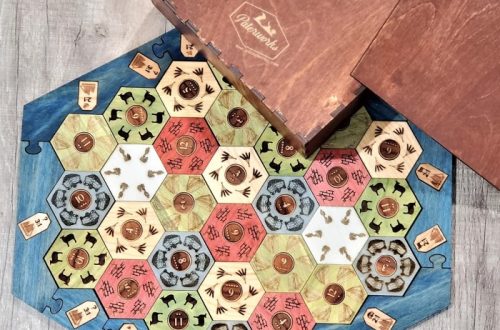Dragons, the fire-breathing harbingers of destruction, have haunted myths and legends for centuries. But where there are dragons, there are also heroes, and the most potent weapon in their arsenal – the Dragon Slayer sword. This mythical blade embodies the power and resilience needed to vanquish these formidable beasts. But could such a weapon exist in our world? Could the show Forged in Fire translate the fantastical into the functional, forging a real-world Dragon Slayer?

Part 1: The Firestorm Forged
Beyond Beauty:
Brutal Utility Unlike ornate ceremonial swords, the Dragon Slayer prioritizes sheer power. Imagine a thick, robust blade with a simple crossguard, designed to cleave through a dragon’s hide and pierce its vital organs. While replicating this basic design is achievable, Forged in Fire bladesmiths might incorporate subtle features like a fuller (groove) in the blade to improve handling and reduce weight.
Steel that Defies Fire:
To withstand the scorching breath and immense strength of a dragon, the blade would require an exceptional steel. Forged in Fire contestants typically use high-carbon steels like 1095 or O-1 tool steel. These steels are known for possessing the ideal balance of holding a razor-sharp edge while remaining structurally sound even when exposed to extreme heat. The high-carbon content of these steels allows them to be heat-treated to achieve the desired hardness, resilience, and flexibility in the blade, making them suitable for creating a formidable weapon like the Dragon Slayer. The exceptional toughness and resistance to deformation under stress make these steels well-suited for confronting mythical adversaries. Therefore, the choice of steel for the Dragon Slayer would be crucial, as it must not only capture the imposing size and weight of the legendary weapon but also possess the necessary strength and durability to confront the formidable challenges of dragon slaying.
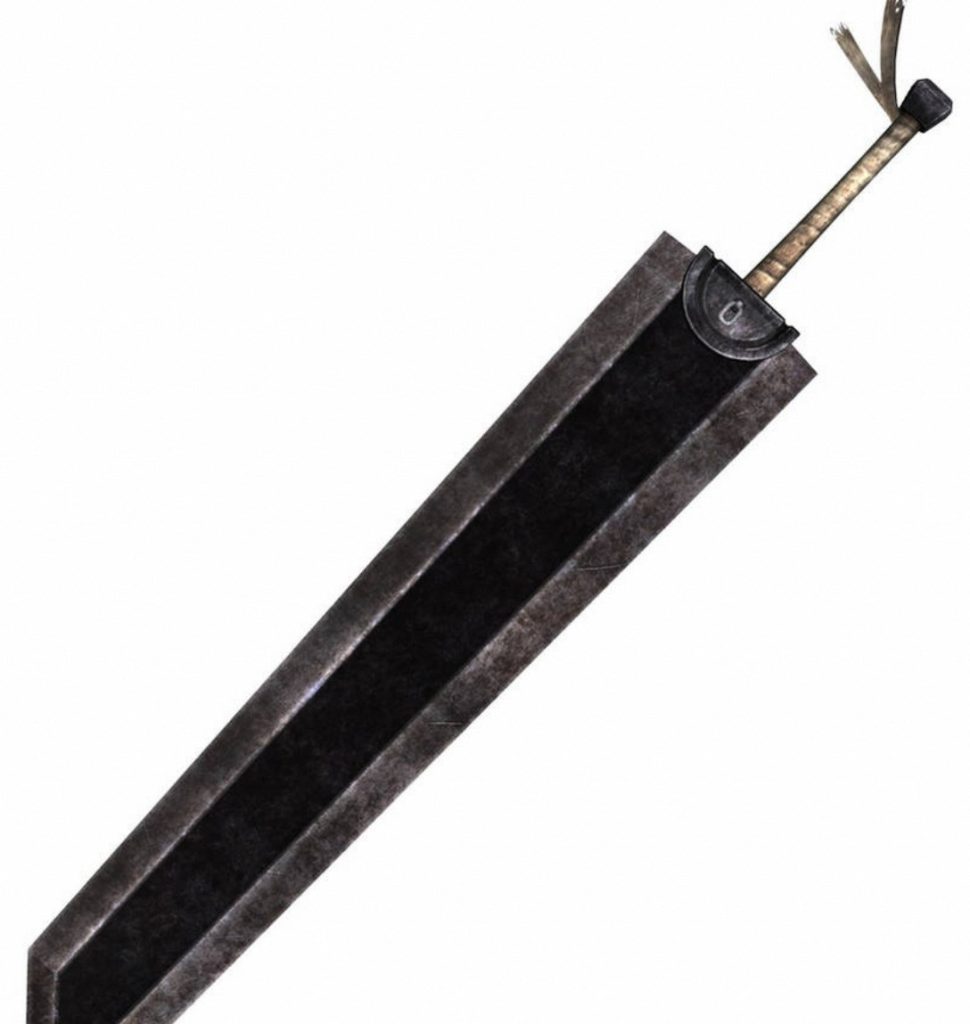
Part 2: The Crucible of Creation
Hammering the Form:
The Forged in Fire challenge would involve manipulating the chosen steel to create the broad blade and robust tang (the part that extends into the hilt). This would be a meticulous process, demanding skill and strength from the competing bladesmiths. The bladesmiths would need to carefully shape the steel while maintaining the blade’s integrity and desired thickness.
Tempering the Dragon’s Bite:
After the shaping process, the blade undergoes a crucial heat treatment that is essential to ensure its durability and performance. This involves cycles of heating the steel to extreme temperatures, quenching it rapidly in water or oil to achieve the desired hardness, and then tempering it to enhance its flexibility. The success of this process is decisive in determining the blade’s ability to hold an edge and resist shattering under the immense pressure of a dragon’s attack. The heat treatment is a meticulous and critical phase that ensures the sword’s effectiveness in combat. Therefore, the meticulous heating, quenching, and tempering process play a vital role in shaping the steel into a resilient and formidable weapon fit for the challenge of dragon slaying.
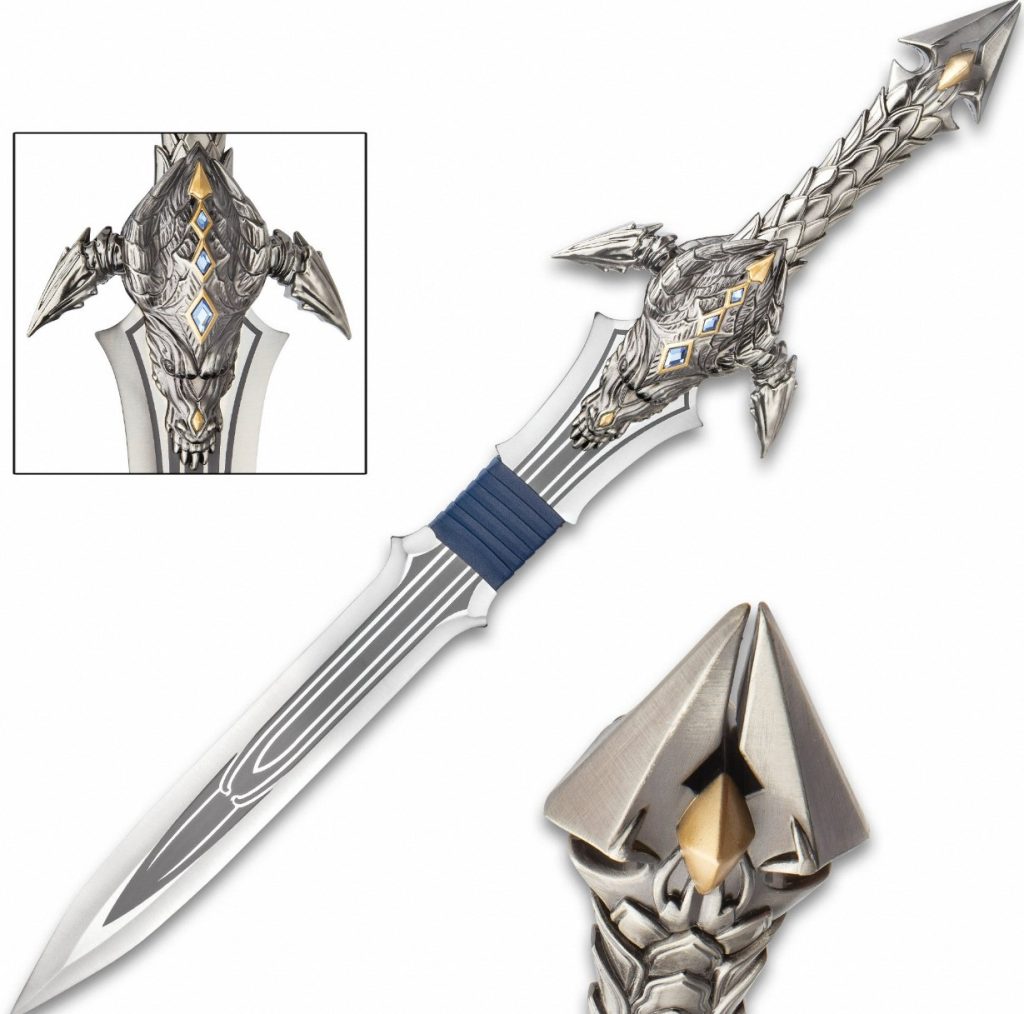
Part 3: Unleashing the Dragon Slayer
Testing the Mettle:
After emerging from the forge, the Forged in Fire dragon slayer replica would face a series of rigorous tests crafted to replicate the demanding and brutal challenges encountered in battling a dragon. These tests would not only assess the sword’s formidability, but also its durability and effectiveness. The challenges may involve slicing through thick targets like layered tarps treated with heat-resistant materials, designed to simulate the tough and resistant skin of a dragon. Additionally, specially constructed targets, layered with materials to simulate dragon hide, would be used to evaluate the sword’s ability to pierce and withstand such formidable defenses. Through these challenging trials, the sword’s edge retention, overall durability, and effectiveness against simulated dragon hide would be revealed, ensuring that the Forged in Fire creation is not only a faithful replica of the legendary Dragon Slayer, but also a formidable weapon fit for combating mythical adversaries.
The Wielder’s Challenge:
In the final test, a skilled swordsman would showcase the practicality of the blade by attempting to wield the Dragon Slayer. This rigorous assessment would involve evaluating the sword’s balance, weight distribution, and overall effectiveness in simulated combat scenarios. The test would aim to reveal whether the Forged in Fire creation, despite its size and power, could be a practical and viable tool in the hands of a determined dragon slayer. By simulating combat situations, the assessment would provide valuable insight into how the sword performs in dynamic and fast-paced scenarios, shedding light on its maneuverability and adaptability in challenging situations. The outcome of this test would be critical in determining not only the blade’s practicality and functionality but also its potential as a formidable weapon fit for vanquishing mythical adversaries.
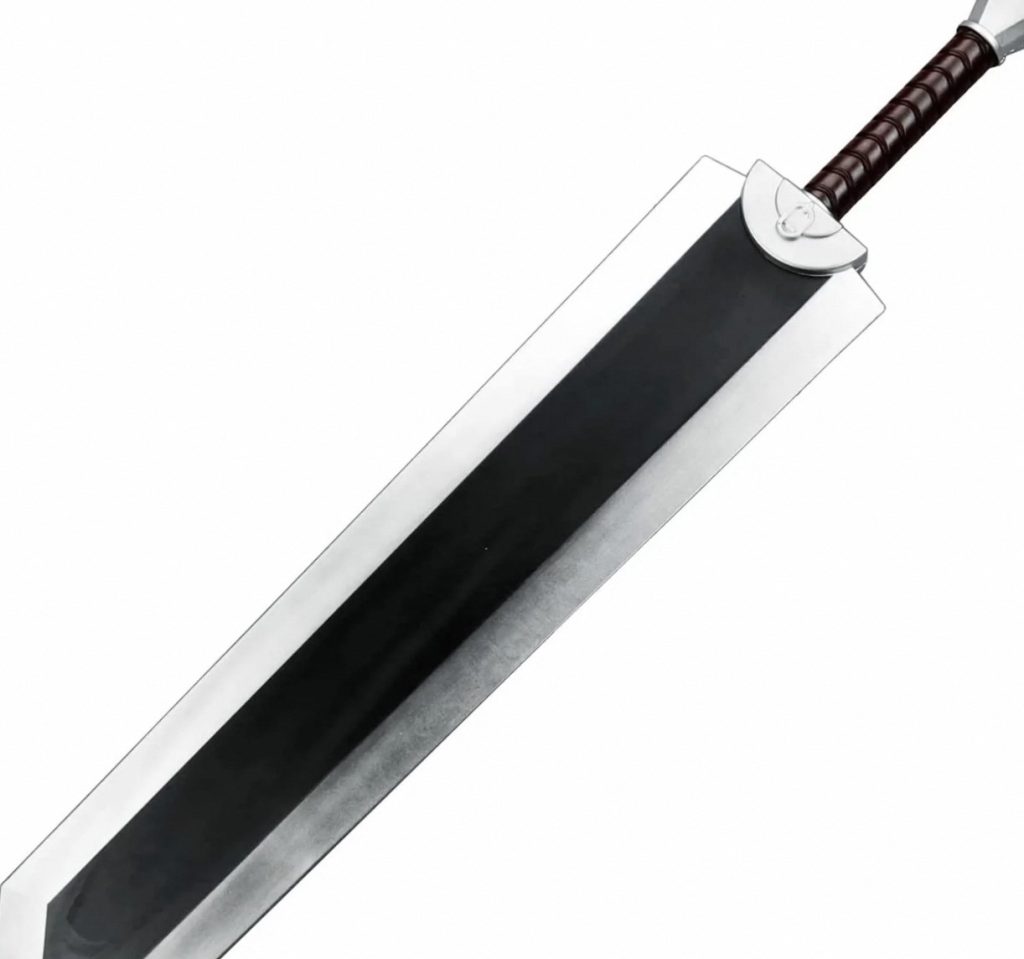
Part 4: Where Myth Meets Metal
The Limits of Reality:
While even a scaled-down Dragon Slayer would likely be a cumbersome weapon, its immense size and weight would favor powerful swings against heavily armored opponents. However, this feature would limit its use in faster-paced combat or confined spaces. As a result, a true dragon slayer might need to rely on additional weapons or adopt a team approach to overcome the dragon’s agility and deadly breath. In such scenarios, smaller, more maneuverable weapons may be necessary to exploit the dragon’s vulnerabilities and counter its swift movements. Furthermore, a collaborative effort among a team of skilled fighters could enhance their chances of outmaneuvering and ultimately defeating the dragon. Therefore, while the Dragon Slayer holds tremendous power and impact, its limitations in specific combat situations underscore the importance of strategic planning and adaptability when confronting mythical adversaries.
Beyond the Forge:
The fantastical elements of the Dragon Slayer, as depicted in myth and fiction, lie beyond the scope of Forged in Fire. Legendary blades are often imbued with magical properties, gaining strength as they slay dragons or possessing the power to cleave through any armor. The Forged in Fire challenge celebrates the art of crafting historical and fictional weapons, but remains grounded in the realities of human skill and the limitations of metalworking.
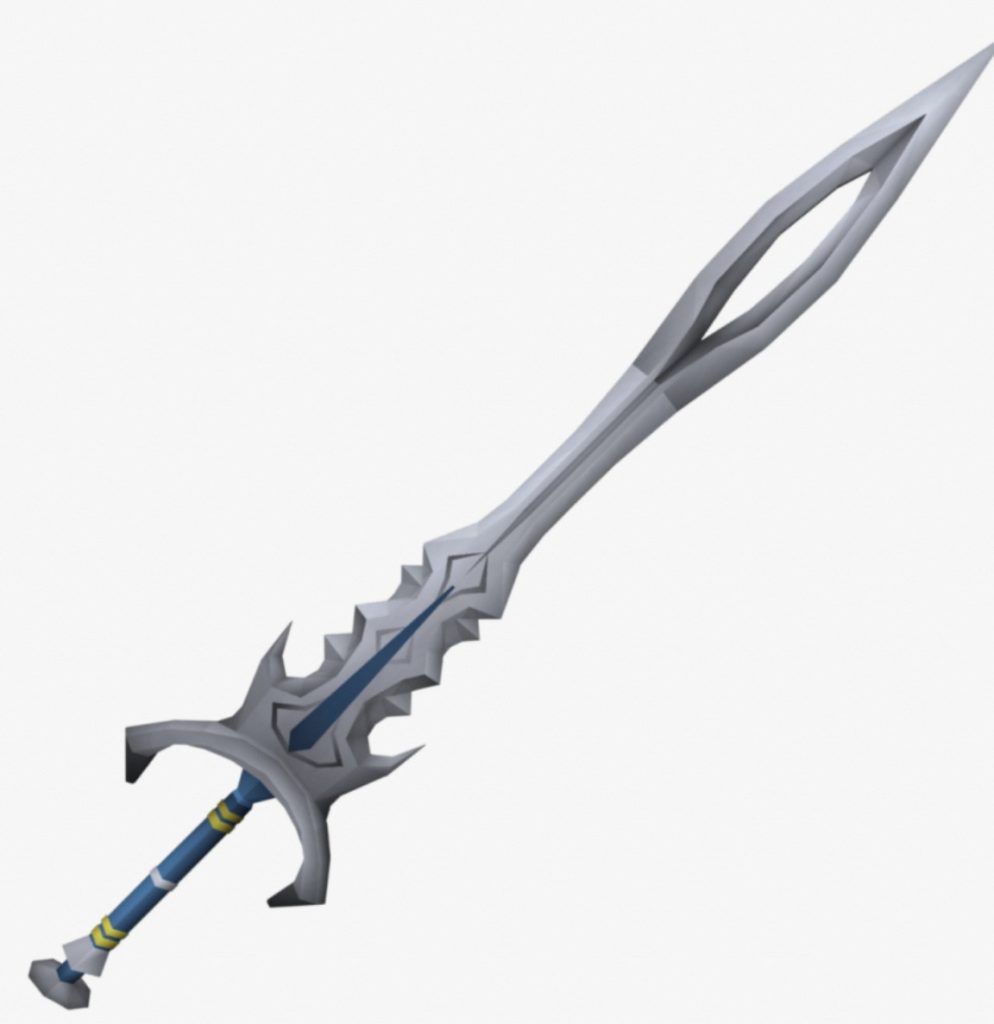
In conclusion, a Forged in Fire episode dedicated to the Dragon Slayer would be a captivating exploration of forging a weapon fit for a legendary battle. While the resulting blade wouldn’t possess the fantastical properties of its mythical counterpart, it would offer a fascinating glimpse into the practicalities of creating a weapon capable of facing a formidable foe.
